How to Create a Culture of Learning in Your Team
Recessions happen.
Markets shift, sometimes dramatically.
New competitors come out of nowhere.
Much in business is out of our control. Creating a culture of learning can help your team and company take control back and adapt to changes that take place—both internally and externally.
I recently interviewed Amy Crum, senior director of commercial sales at Proofpoint, for my next book, The Savage Manager. One of the areas we explored was how to create a culture of learning with your team.
The final version of the book will include the full story depicting what she’s done to instill a culture of learning in her team at Proofpoint. In the meantime, I wanted to share some “how to” tips that were inspired by our conversation.
How to Create a Culture of Learning
Orienting your team around ongoing learning and growth takes intention and effort, but the payoff is an agile, forward-looking, and results-oriented team that can adapt to marketplace changes and strategic shifts. Create a learning-focused team by doing the following.
Start by Creating the Right Environment
Ongoing learning requires people to stretch themselves and push out of their comfort zones. Doing so in a team context requires a safe environment where people can be vulnerable. Vulnerable to ask questions about unfamiliar topics. Vulnerable to learn about topics that are foreign at the start. Vulnerable to put forth ideas that open themselves to criticism. To help foster a safe environment where learning can take hold, start by leading by example. Tell your team what you are doing to grow and learn. Share the knowledge you seek to gain and the new behaviors you are working hard to adopt. As you do, be vulnerable. Share your personal growth journey and how you felt earlier in your career; your vulnerabilities, gaps, and struggles. Then, encourage your team to share what they seek to learn and how they want to grow. As they do, be sure to provide words of affirmation and offer support to help. Just as important, enforce a “no fly zone” for criticism as it pertains to each person’s growth.
Set the Learning Context
All learning is great, but sometimes learning for the sake of learning can lack motivation and direction. Help guide your team’s learning by providing problems that can be solved by learning—how to cut costs by implementing new collaboration tools, how to expand into the European market, how to market to baby boomers, how to simplify accounting processes, or how to be more customer-centric. Also, guide learning by proving guide posts and categories to explore; new technology tools, growth strategies used in adjacent industries, productivity tips and tactics, stress management and mindfulness techniques, or future-looking trend spotting and demographic shifts.
Peek Around the Corner
Learning is not a one-and-done endeavor. Industries evolve. Customers change and their needs shift. New technologies and competitors emerge. As you consider your learning needs, peek around the corner to see what’s next for your industry, function, and role. Ask yourself, “How might our industry change with the adoption of new technologies like artificial intelligence and Web3?” or “How might our function changed based on the way our future customers are using technology?” Use forward-looking questions to guide ongoing learning activities about new technologies and processes, how technology is being used in new and unexpected ways, and understanding broad trends about current and future consumers. The point is not to look solely at the skills and knowledge needed in your function, company, role, and industry today, but to look down the road for what’s next.
Stay Flexible
Needs change, both internally and externally. Employee preferences shift, customer expectations change, and new ideas evolve. Be flexible and adapt on the fly. In addition to considering what’s next, stay flexible to make changes to standard learning and development efforts. Spin up a laser-focused onboarding program to equip new hires with the latest tools and information. Shift from in-person to remote learning as teams expand and become more distributed. Productize training efforts to enable asynchronous learning by teams spread across multiple regions and time zones.
Integrate it into Existing Work
Time has never been more precious. More with less is an enduring theme of the modern workplace. Integrate “teach backs”, best practices (I prefer “authentic practices” tailored to individual styles and strengths) sharing, and other learning opportunities into existing meetings like daily stand-ups, quarterly business reviews, and project planning meetings. Doing so will integrate learning into the real work you and your team are doing and prevent it from being viewed as a stand-alone activity that lacks anchoring in real business outcomes.
Keep it Bite Sized
Learning doesn’t always take need to take place via multi-hour training sessions. Identify and implement bite-sized learning moments around narrow topics such as discussing a new competitive product, sharing templates to warm up a customer call, and demonstrating a new technology tool internally. Learning programs should have multiple modalities, but look for small nuggets of insight to inject into your teams.
Make it Collaborative
Learning isn’t exclusively a solo endeavor. Make it a collaborative activity to ensure learning doesn’t get stuck in pockets or become tribal knowledge that can walk out the door. Encourage team members to research a new topic in pairs or in small groups. Also, leverage the broader team to test new ideas and to make them better. The best teams encourage team members to learn independently, but also bring it back to the team. Learn in packs. Encourage “share outs” of new templates, market data, or competitive intel during team meetings. Go one step further and extend the learning to make it more effective and to fit with the strengths and style of the team. Ask expansive questions such as, “What else could we add to this concept/idea/process to make it even more effective?”, “What have we done in the past that might be helpful here?”, “Who else might be able to contribute?”, or “How should we adapt this to fit the strengths and style of our team?” Be sure suggestions and questions are additive, not reductive.
Empower Your Team
Make learning contagious and cascade it out beyond your immediate team. Provide time and budget for your team members to lead their own “lunch and learns”, bring in outside speakers, and to lead book clubs focused around any topic that’s of interest. Allow them freedom to make it their own while leveraging the tools (e.g. learning maps) and agendas utilized in your existing learning sessions.
Creating a culture of learning and growth is one of the must-have skills for people leaders. Learning and growth will help your team adapt to changes in the marketplace and evolve over time. Try the tips above and let me know what questions come up and the successes you have.
About The Savage Manager
The Savage Manager will focus on the principles that are common to the most successful people leaders and how they apply them in their roles. Each chapter will address a pressing challenge facing managers. It will outline the issue they are facing, why it’s important, and most importantly, provide “how to” recommendations to address each of the challenges. Some of the questions it will answer are the following:
How Do I Motivate and Inspire My Team?
How Do I Create a Sense of Purpose within My Team?
How Do I Create Psychological Safety?
How Do I Communicate Effectively with My Team?
How Do I Increase My Team’s Performance?
How Do I Prevent Employee Turnover?
How Do I Manage Conflict More Effectively within My Team?
How Do I Develop the People on My Team?
How Do I Nurture the Wellbeing of My Team Members?
How Do I Give Feedback to My Team?
How Do I Create Strong Team Chemistry?
How Do I Create a Strong Culture?
How Do I Encourage More Creativity and Innovation?
How Do I Encourage Effective Risk Taking?
How Do I Get My Team to Think More Strategically?
How do I Lead My Team Through Change?


